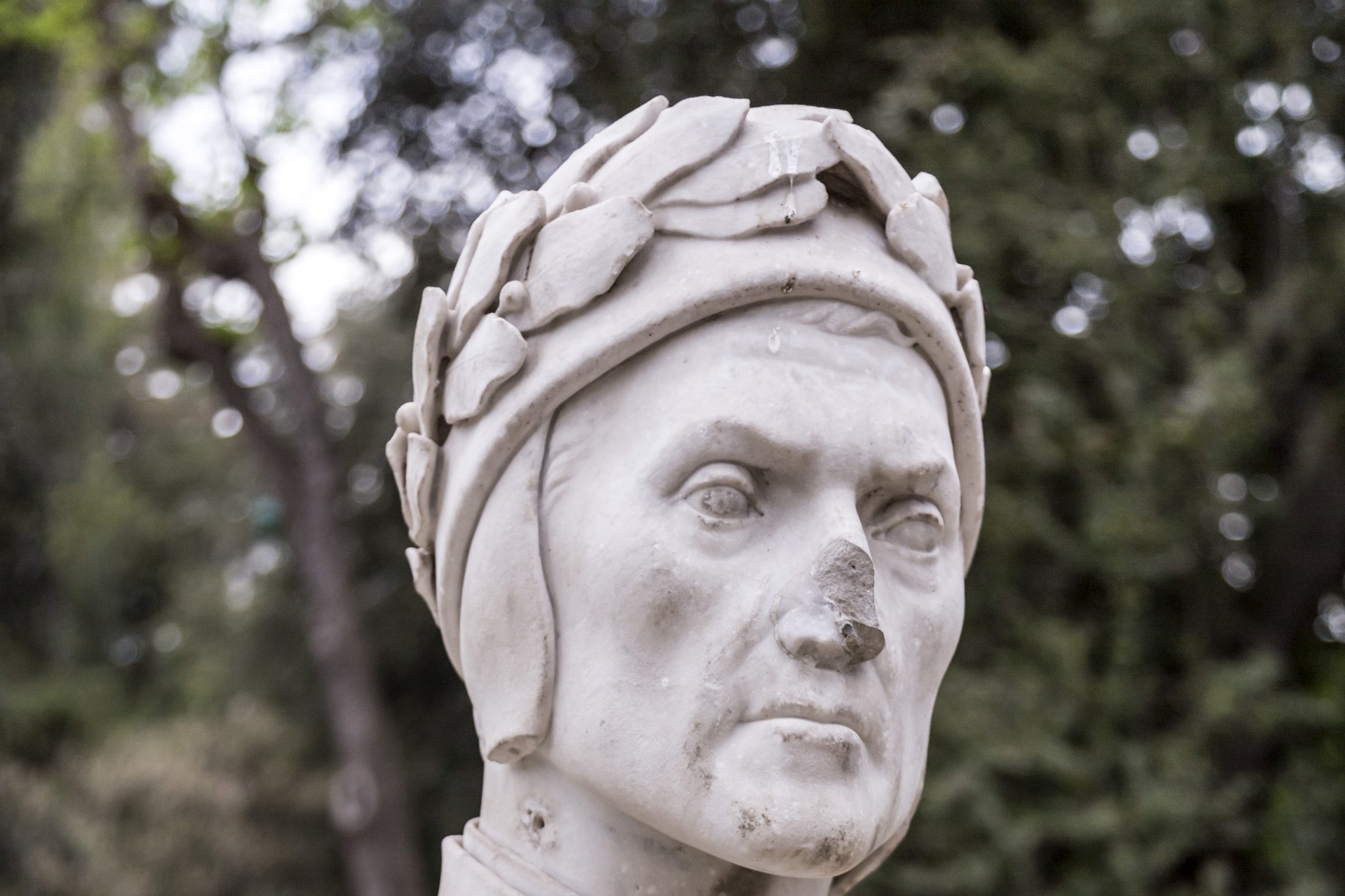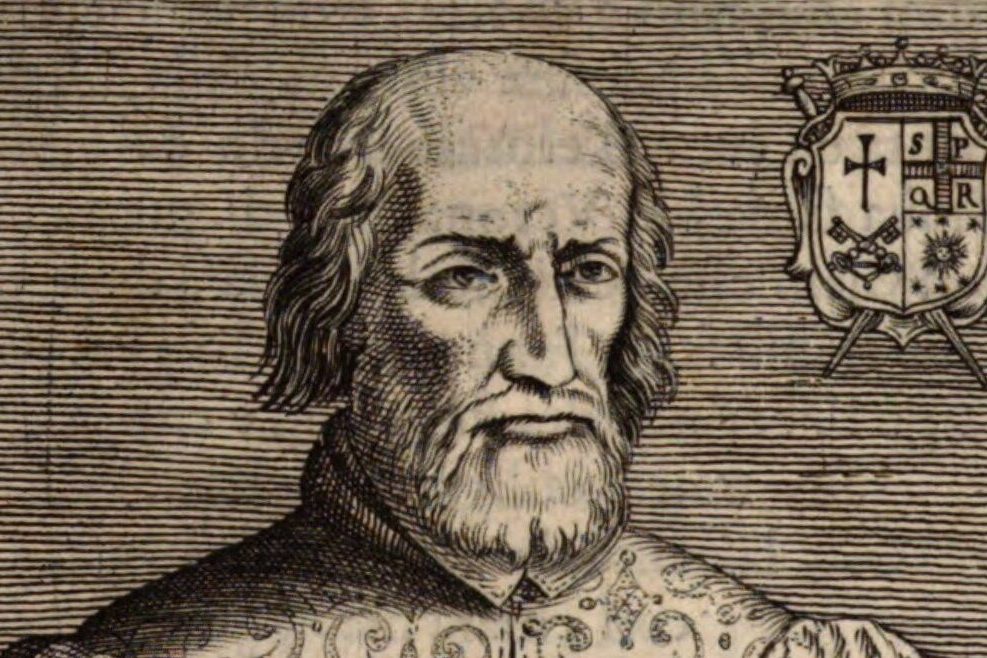During November, Americans bring chrysanthemums to Roman social events. These New England and Midwestern transplants mean well. What could brighten an autumn engagement party at Cul de Sac or a Thanksgiving banquet at AUR better than mums? Gasps of horror greet these good intentions.
Chrysanthemums are the flowers of the dead. That is why they are so plentiful in Rome. Trucks bring tons
of chrysanthemums from Calabria’s Crati Valley. Groceries, nurseries, and floral shops begin to fill in early October. Orange pompoms flood Campo de’ Fori and other markets. On All Souls Day, prices quadruple, but Romans stuff their cars with chrysanthemums and decorate graves in the Cimitero Flamineo.
The post-holiday glut causes prices to fall, but vendors unload surplus stock on naive American tourists and students. Laden with chrysanthemums, they never realize that they are violating a taboo, until their host orders them to leave the table or their lover kicks them out of bed. Raised on FTD and plastic pink carnations, they do not know the legend of Prince Amedeo of Savoy, Duke of Aosta.
Like his father Victor Emmanuel II, the Duke was a notorious womanizer. When he became engaged to Donna Maria Vittoria del Pozzo, a spiteful mistress sent the couple a bouquet of chrysanthemums. Donna Maria swooned. Their marriage was doomed! Amedeo laughed, but the curse came true.
On their wedding day (May 30, 1869), the Duke’s best man shot himself. The palace gatekeeper slit his throat. The king’s aide died after falling from his horse. The bride’s wardrobe mistress hung herself. The colonel leading the wedding procession collapsed and died from sunstroke. The stationmaster was crushed to death under the wheels of the honeymoon train. The only sensible thing to do was to whisk the groom to Spain.
The Cortes Generales had recruited Amedeo to rule, after deposing Isabella II. The substitute monarch was detested by his subjects, who prayed for his assassination and pelted him with chrysanthemums at his first public appearance. “Flores!” they brayed. “Flores para los muertos!” As the state carriage clopped through Madrid, the royal secretary pointed out the house of Miguel de Cervantes. “And who is this Cervantes?” Amedeo asked. A famous writer, the secretary replied. “Well, if he’s so famous, I must visit him,” Amedeo said, “even though he hasn’t come to see me.”
“Very gracious, Sire,” the secretary said.
Amedeo abdicated two years later. Returning to Italy, he resumed the title Duke of Aosta and planted chrysanthemums at il Borro, his country estate in Valdarno. The gardener burned sage leaves and resigned. After his father died and his brother Umberto became king, Amedeo divided his time between Turin and Rome. People shunned him, however, because his sunken eyes, blistered cheeks, and shovel beard made him look like a jinx.
When the flu broke out in Rome in December 1899, the superstitious blamed the Duke, then wintering in the capital. Palace spokespersons insisted that visiting boyars had brought the infection from St. Petersburg. Whatever the cause, the epidemic raged for two months and spared no one. Ettore Bertolè-Viale, Minister of War, was stricken. Several members of the royal household were quarantined, including Prince Amedeo.
The patient remained stable, until Miss Minerva Porter, daughter of the American ambassador, sent dried chrysanthemums to his sick room. When his condition worsened, King Umberto summoned Dr. Guido Baccelli, who ran the glorious but decayed Santo Spirito Hospital, between the Tiber and the Vatican. A stocky man with a walrus mustache and a mop of grey hair, Baccelli tossed the chrysanthemums out the window.
A pioneer of the stethoscope and intravenous therapy, Baccelli had prolonged Victor Emmanuel’s life during his last illness by administering oxygen, but he could do nothing for Amedeo. The Duke died on Saturday, January, 18, 1890 at 6:45 a.m. He was only forty-four years old. After lying in state at the Quirinal, the body was transported to Turin and interred in the Basilica of Superga. The crypt was smothered in chrysanthemums. Puccini composed an elegy, a sobbing string quartet in C-sharp minor, and named it after the flowers.
Ever since, Romans have associated chrysanthemums with death, funerals, and bad luck. After Italy joined the Anti-Cominterm Pact in November 1937, Emperor Hirohito presented Benito Mussolini with the Imperial Order of the Chrysanthemum. At a private induction ceremony, the dictator cringed. Making excuses, Mussolini ditched the Japanese ambassador and commanded a white-gloved aide to lock the medal in a safe. Newspapers refrained from publishing the name of the award, describing it merely as “Japan’s highest order.”
Pasquino’s secretary is Anthony Di Renzo, associate professor of writing at Ithaca College. You may reach him at direnzo@ithaca.edu.































